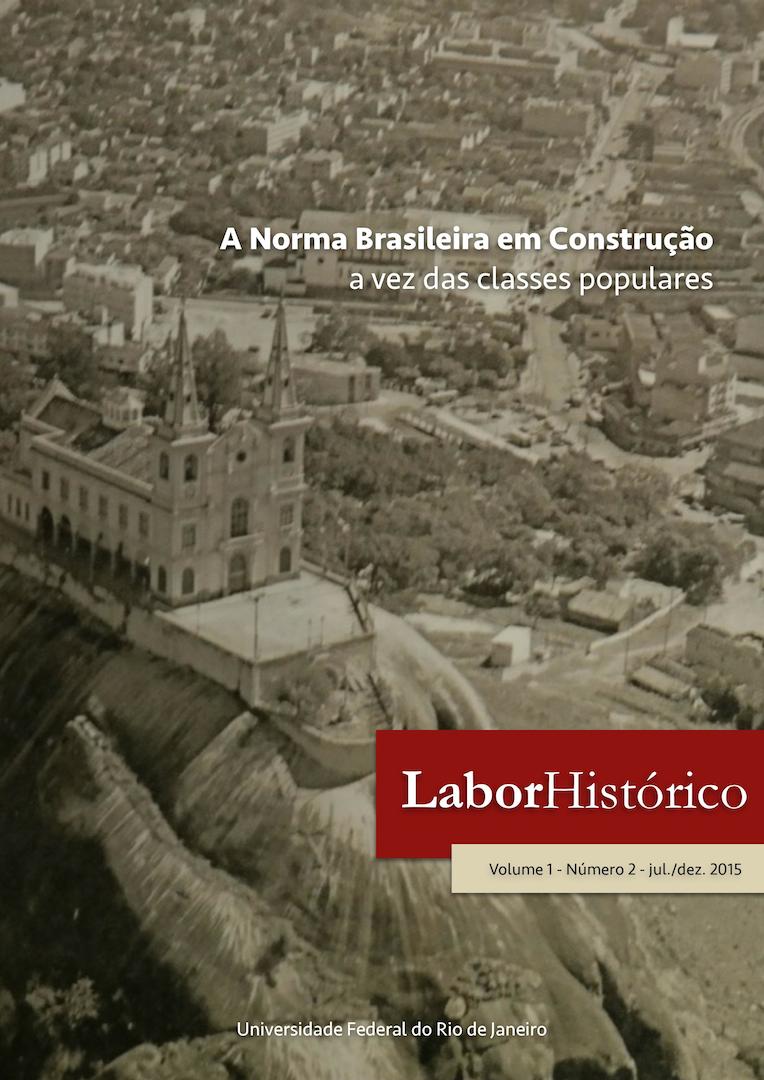Topics, Subjects and Grammatical Change: from Classical to Modern European Portuguese
DOI:
https://doi.org/10.24206/lh.v1i2.4796Abstract
This paper presents a diachronic account of the syntax of subjects in Portuguese by comparing three different constructions -- active, canonical passives and SE-constructions -- relating the change in the position of subjects to the loss of V2. In the V2 grammar, in which the pre-verbal position is associated with fronted elements, and non-fronted subjects remain in post-verbal position, we see the same patterns of word order in SE-constructions as in active and canonical passive sentences; in the (X)SVO grammar, in which the subject is associated with the preverbal position and the fronted elements occupy the left periphery of the clause, active and canonical passives show a significant increase of pre-verbal subjects, whereas SE-constructions remain alike with respect to word order. We interpret this result as evidence for analyzing the internal argument of SE-constructions as a complement rather than a subject.
Downloads
Downloads
Published
Issue
Section
License
Authors who publish with this journal agree to the following:
a. The authors hold copyright of the published papers; authors are the sole responsible party for published papers content; the published paper is licensed under a Creative Commons Attribution-NonCommercial 4.0 International License which allows the sharing of the publication as long as there is acknowledgement of authorship and publishing by Revista LaborHistórico.
b. Authors should seek previous permission from the journal in order to publish their articles as book chapters. Such publications should acknowledge first publishing by LaborHistórico.
c. Authors may publish and distribute their papers (for example, at institutional repositories, author's sites) at any time during or after the editorial process by Revista LaborHistórico.


